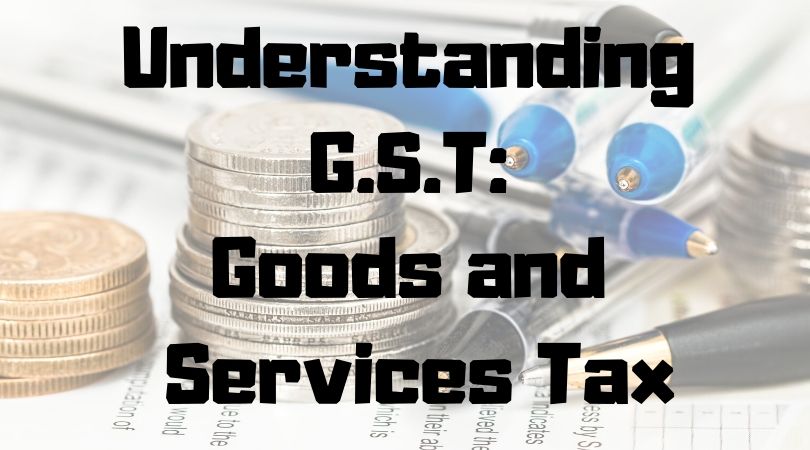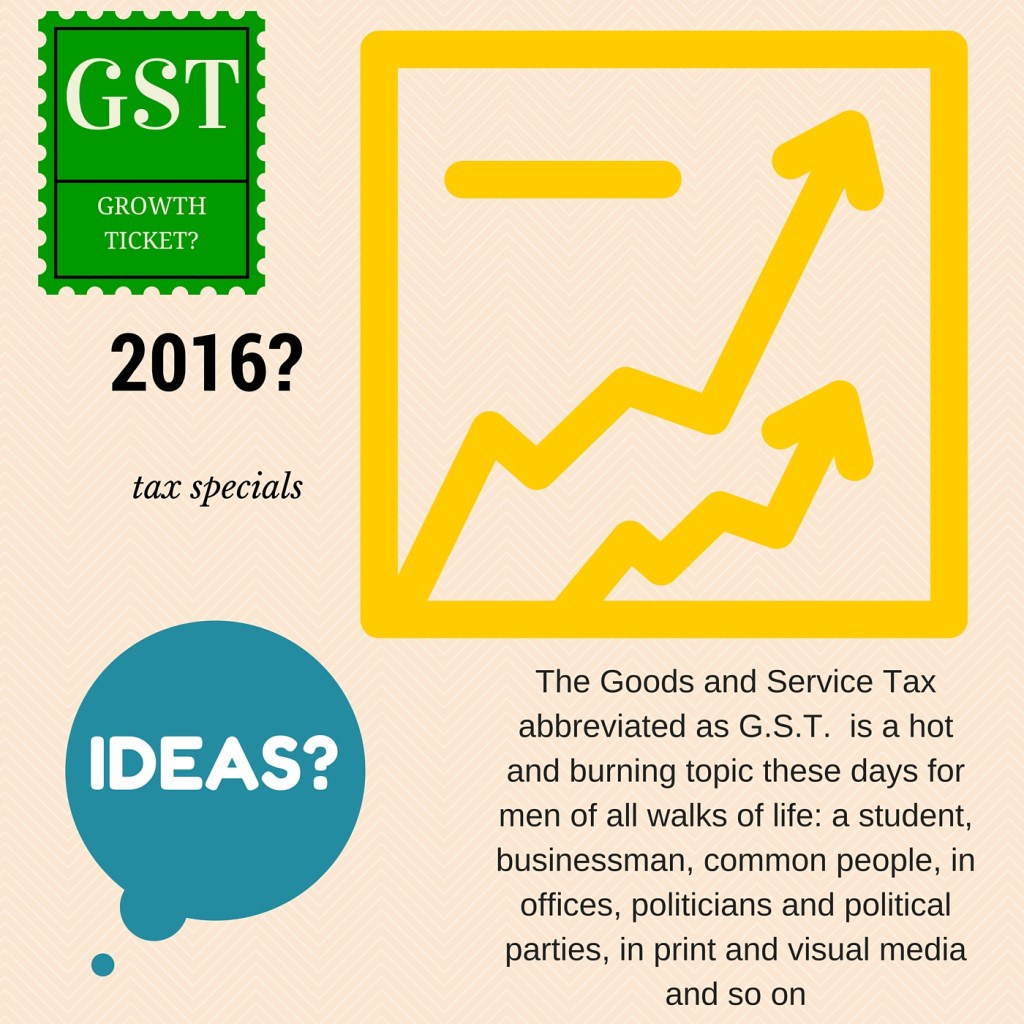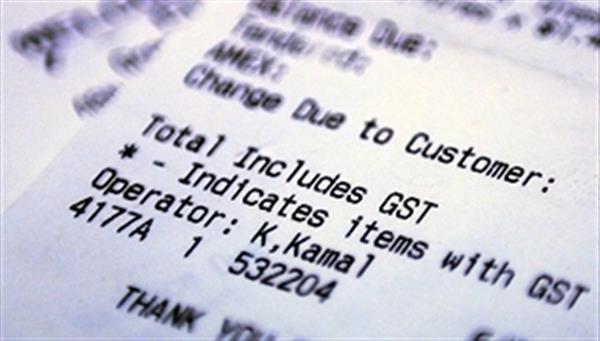Understanding G.S.T: Goods and Services Tax
- 29 November 2015 | 877 Views | By Mint2Save

The Goods and Service Tax abbreviated as G.S.T. is a hot and burning topic these days for men of all walks of life: a student, businessman, common people, in offices, politicians and political parties, in print and visual media and so on.
The common man and businessman, both feel harassed for so many types of taxes that are to be paid while making any transaction through sale and purchase(trading) to state and central govt., alike.
In order to make simpler and more convenient for all a bill has been brought in and passed by the lower house of the parliament (Lok Sabha) and needs nod of upper house (Rajya Sabha) so that it can take a legal shape and be implemented in entire country.
For general public, a few salient features of the bill are put forth as here under:-
- It shall subsume indirect central taxes like excise, countervailing duty and service taxes and state taxes/levies such as OCTROI, VAT, entry tax, luxury tax etc.
- The final consumer shall have to bear with only GST to be charged by the last dealer in the supply /distribution chain and avail with set off benefits at all the previous stages.
- Certain other goods/commodities like petroleum products and tobacco for human consumption have been kept out from the purview of GST in to order to support state economy preview.
- GST will have two components viz. i) Central GST to be levied by central and ii) state GST to be levied by the state.
- Only Centre may levy and collect the GST on inter state supplies and commerce and taxes so collected will be divided between Centre and state in a manner passed /provided by the GST council.
- The GST council shall comprise Union Finance Minister, Union Finance State Minister and Finance Minister from each of the state.
- The GST bill proposes an additional tax not exceeding 1% on inter-state in goods, to be levied by the center to compensate the states for 2 years or as may be recommended by the GST council for the losses resulting from the implementation of GST.
Apparently, everything looks nice and non-controversial but, in fact, much up-roar /hue and cry is being made and felt due to disagreement between the opposition and the ruling party in the both the houses of parliament and various states where non-BJP Govt. is ruling. The Irony in this case is that when congress & allies were ruling the GST bill was introduced by them and, opposed by the then opposition parties like BJP and others and under present scenario the Congress and allies are opposing and BJP & allies are doing their best to to get the clearance from both the house and give it a concrete shape. What the common man understand is that none of the parties in the parliament appears caring for the good cause beneficial for him, for their petty political interest, arrogance and stubborn approach. The mistrust and suspicion amongst the members of parliament in both houses and disbelief of opposition and suspect every move of Govt. with bitter and venomous words , is responsible for the up-roar in the parliament sessions in past and the forthcoming winter session, especially after the victory of grand alliance of non- BJP parties against BJP and allies, in elections in Bihar state assembly.
Broadly, the implementation final shape and size of GST bill shall make the tax- structure simpler and lesser burdensome and generating more money for Govt. in Centre and states, alike.
With a good intention of providing trade and commerce in the country a better shape and avenue and comfort to all citizens the Govt. is running from pillar to post to make a consensus amongst the member of parliament from all parties,
Hoping for the best as out come of discussion on GST bill in parliament let us wait for the exact shape of the GST bill and its provisions in the form of law in the days to come.












